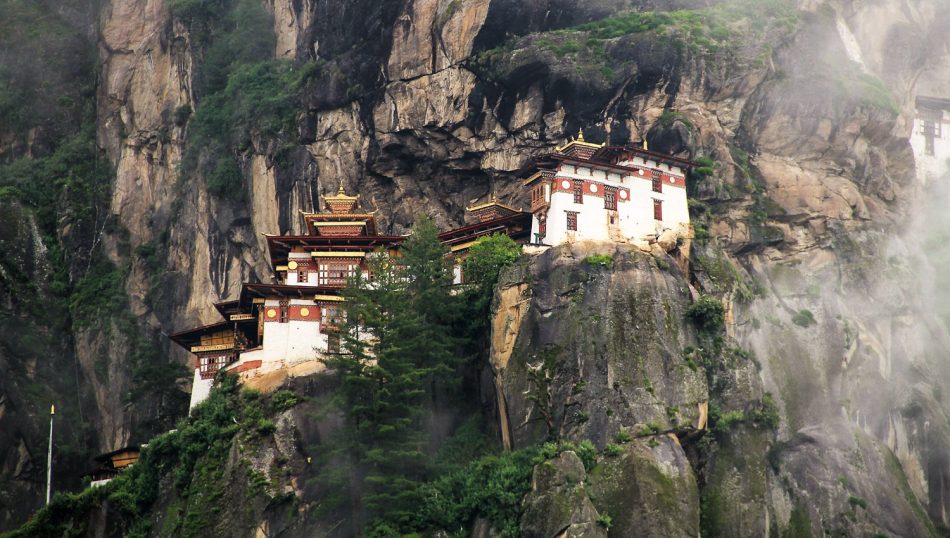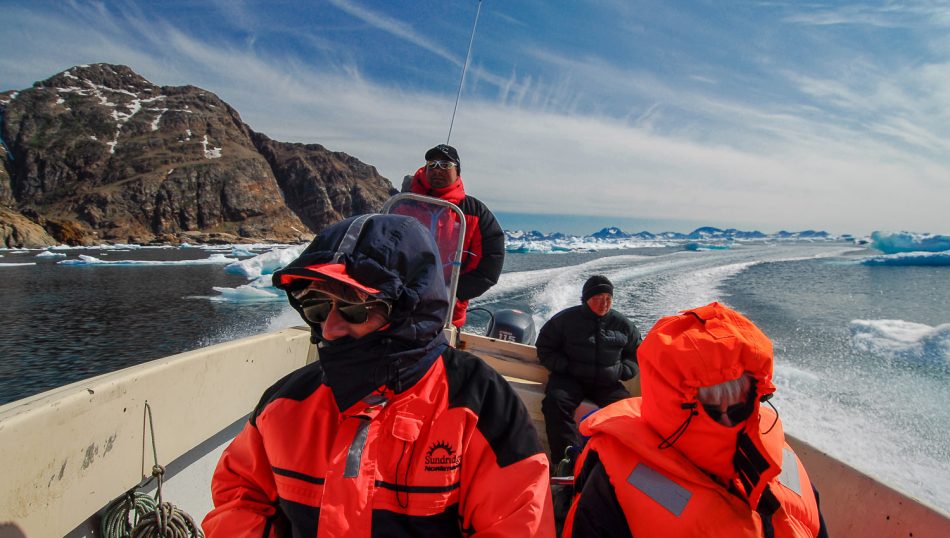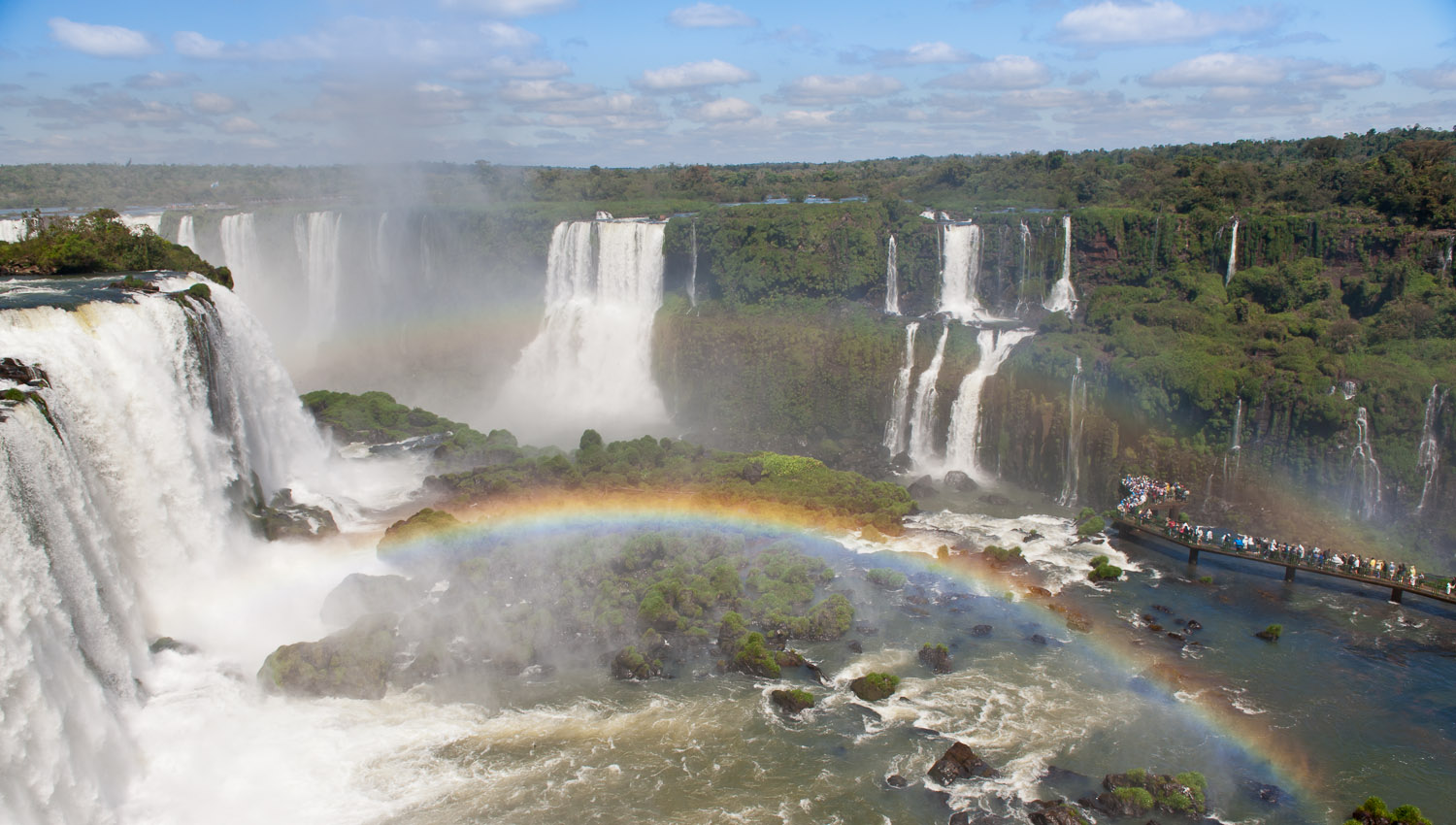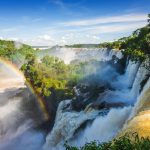As we travelers and adventurers get older, our bodies no longer let us do everything that we once did. Our stamina declines, our knees get weaker, and we start to suffer ailments that we knew nothing about in our younger years. But our quest for adventure doesn’t go away. So many of us older travelers get frustrated that we can’t do everything that we would like to do.
Trekking to Everest base camp or expeditions to Patagonia start to become beyond our physical capabilities. So we are forced to look for ‘soft adventure’ experiences that are not so taxing on our aging bodies.
Despite this, there are still many adventures awaiting the older traveler in different parts of the world that will still excite and satisfy the need for new encounters, without being too physically challenging. Here are five of the best for the bucket list:
Day hike to the Tiger’s Nest in Bhutan
It’s often said that the climb to the famous Tiger’s Nest monastery, perched high on a mountainside overlooking the Paro valley, in Bhutan, is the best day hike in the world. Those who have done it tend to agree. But best of all it can be tackled by anyone who is reasonably fit, regardless of age.
Alan Williams is an Australian travel writer who did the hike at age 64. Although he describes it as an “arduous mountain trail” he says he managed it without too much difficulty – and he doesn’t consider himself as especially fit. It takes about three hours each way, so allowing for a rest stop halfway up, and some time exploring the monastery, it’s a full day hike for sure.
For those who might find the hike to the Tiger’s Nest too strenuous, Alan says there are many other mountain and rainforest hikes in Bhutan that can be done easily in half a day. They aren’t so hard on the knees because they involve less uphill climbing.
There are also horses available to take older travelers part of the way up the mountain if they have difficulty tackling a full day hike.
Explore Greenland’s wilderness by boat
Greenland is not a destination that many older travelers think about visiting. More often they have Antarctica on their bucket list, but Antarctica is expensive to get to both in terms of the airfares to South America and the cost of cruising for a minimum of 10-12 days on the ships that take most visitors there.
And those are just the shortest cruises. The longer ones from Australia or New Zealand take up to a month. Airfares to Greenland from the US or Europe are much cheaper and can be combined with a side-trip to Iceland – which is a spectacular destination in its own right.
From towns like Tasiilaq on Greenland’s east coast, it is possible to hire a seal hunter’s speedboat for the day (with the seal hunter as driver/guide) and explore wilderness areas almost as spectacular as those in Antarctica. You’ll certainly get to see glaciers calving close up and see plenty of Greenland’s ice sheet as you fly in to your destination.
As well, you’ll enjoy the thrill of speeding through scenic fjords dodging massive icebergs as you go. Perhaps not quite as exciting as whitewater rafting, but thrilling enough for older travelers who would like to keep their heart rate under control.
Zip-lining in the Costa Rica cloud forests
Once an older traveler starts to experience torn ligaments and aching muscles (or worse, broken bones) from activities like bungee jumping or whitewater rafting, it’s time to slow down and consider something that is not so strenuous on the aging body.
Zip-lining fits the bill because it provides plenty of thrills in what is usually a picturesque nature environment, and can be enjoyed until quite an old age. Provided the traveler is capable of climbing steps, and in some cases ladders, it can be enjoyed by adults of all ages, even those who are not especially fit.
Some of the best zip-line runs in the world are located in Costa Rica. This country was a world leader in the establishment of zip-lines in its cloud forests and has very high safety standards – an issue that can be a concern in many developing countries of the world.
The zip-lines around Monteverde are amongst the best in the country, including one that is over 1.5 km long strung across a valley above the rainforest canopy. The experience of flying through cloud on a zip-line is one that you will never forget!
Hot air ballooning in Turkey’s Cappadocia
For an exciting activity that is not strenuous at all, and carries only a very small risk of anything going wrong, there are not many adventure activities that can surpass the experience of hot-air ballooning. Of course, this is not an activity that those who have a fear of heights will enjoy, but for others the sensation of drifting effortlessly through the air is an experience that often results in them wanting to go back for more.
There are many locations that vie for the title of the best location in the world for hot-air ballooning: the Swiss Alps, Tanzania’s Serengeti and Turkey’s Cappadocia are amongst them. It’s hard to recommend one over the other because they are all destinations with breathtaking scenery and well-organised ballooning trips.
But Cappadocia stands out for the sheer excitement of being able to take the balloons down into canyons and up over spectacular rock formations and drift through villages at roof-top level as residents start to go about their daily activities.
Cappadocia has an excellent safety record, having never experienced a ballooning accident that has resulted in any fatalities. You’ll need to be an early riser for a ballooning experience because hot-air balloons only operate in the early morning when there are no thermal air currents around.
Experience the grandeur of Iguazu Falls
Many world travellers get a kick out of being able to say they have visited the three largest waterfalls on the planet. Niagara Falls is the one that almost everyone has visited – and it’s so easy to reach that the trip doesn’t feel like an adventure.
So it was a toss up whether to include South America’s Iguaza Falls or Africa’s Victoria Falls in this list. The Iguazu Falls are wider but the Victoria Falls are higher and have the largest peak volume of water flow of any waterfall in the world.
Both are fairly difficult to reach requiring long journeys by air, including a final leg on domestic airlines, but the Iguaza Falls are probably the better choice for older travelers because the walkways around the falls are more extensive with more safety rails than at Victoria.
However, ultimately the decision is best made based on what other activities the traveler may want to combine with a trip to the falls. Iguazu offers some fabulous opportunities for nature walks and bird watching, whilst Victoria has several world-class African wildlife reserves nearby.
Of course, if time and budget permits, visiting both the Iguazu and Victoria Falls is highly recommended as there are many soft adventure options around both – and excellent accommodation options – that will make these two destinations the highlights of any bucket list world tour.












Wow cool.. Hope I’m still traveling to places like this when I’m 70 (if I’m still alive then hehe) Not been to any of these yet but they look fantastic. Done ziplining in a few places but never in a rainforest.
Likewise!!
Thank you so much for hiking to Tiger Nest in Paro Bhutan.
The Taktsang Monastery is one of the most famous touristic destinations of the country and the cultural icon of Bhutan.
It takes around 1 hour, 45 minutes to get to Taktshang walking or riding a horse. If the full hike is too tough, you can rest at the wooden teahouse restaurant or cafeteria after the first hour. The trail takes you through blue-pines to a series of three water-powered wheels.
It was first built in 1692 by Gyalse Tenzin Rabgye, where Guru Rimpoche meditated in the 7th century A.D. Legend states that Guru Rimpoche flew to the site atop the back of a tigress and meditated in the cave for 3 years, 3 months, 3 days and 3 hours in order to subdue evil demons residing within it. The cave has been considered a sacred site ever since and many famous saints have travelled to meditate in it.
In 1998, the Paro Taktsang was almost completely burned down – and was restored to its original form by 2005.